If you haven’t swam with fish lately, then I would highly recommend it. To suspend a bipedal existence, even for just a few minutes, and gently float above coral, lobster and starfish is disorienting in a recalibrating way. This—snorkeling, diving, swimming—is a foreign kind of quiet. When the only sound is that of your own breath in your ears, you’re prompted to notice what you are, and what you are not.
In Belize, these moments are also a rare feat. I first heard about the condition of the Belize Barrier Reef System and thought I’d misheard. Brought back from near-extinction. Taken off the “danger” list. Citizen-led, voluntary change. It had been a long time since I’d overheard anything related to the environment that wasn’t doom-and-gloom, so I had to know more. And I was in a key place to do so, spending a few days at Copal Tree Lodge in Belize’s southern state, Toledo.
Copal Tree Lodge is committed to the environment that envelopes it, serving its own organic produce, preserving heirloom and indigenous crops on its three thousand-acre farm, even making its own furniture from wild fall or sustainably-harvested wood. It also uses line-caught seafood purchased directly from local fishermen, which is how I discovered the bliss of Chef Yvette Ramirez’s pontoon-fried Caribbean curry snook one afternoon while on a lodge-led boating trip to Snake Cayes.
Copal Tree Lodge is also where I meet Wil Mahia. He’s the founder of the Toledo Institute for Development and Environment (TIDE), one of Belize’s leading conservation NGOs. Unlike in the United States where national parks are managed by the National Park Service, primarily private entities and non-profits care for the environment in Belize, and community involvement is crucial.
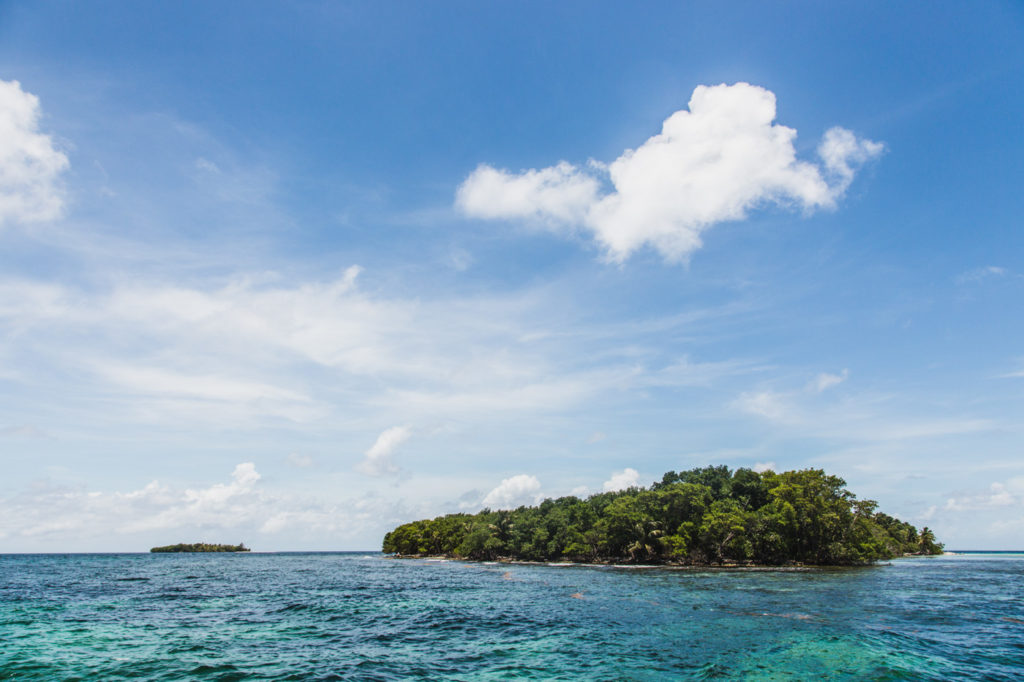
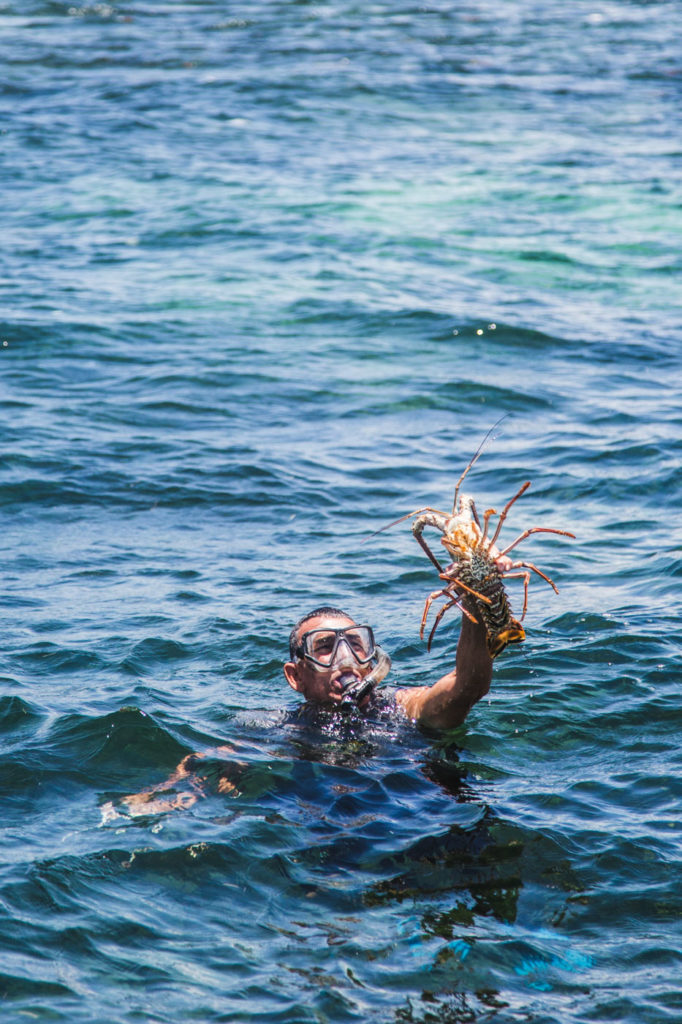
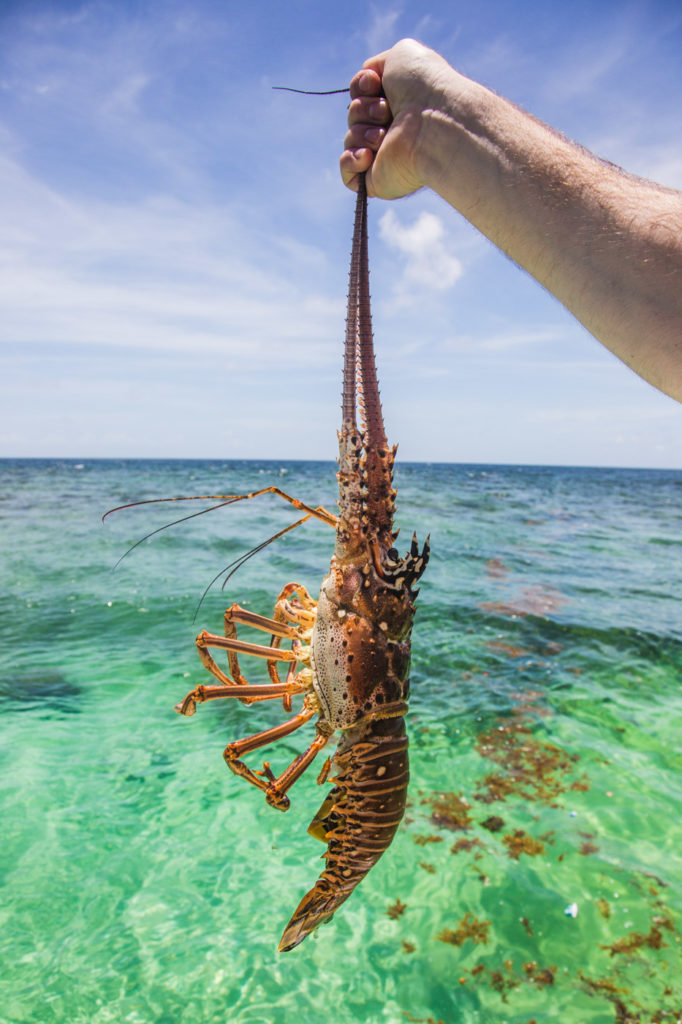

The Belize Barrier Reef System (BBRS) is the second largest reef system in the world, comprised of seven protected areas that—in addition to the well-known Blue Hole Natural Monument—include offshore atolls, hundreds of sand cays, mangrove forests, coastal lagoons and estuaries. It’s also home to several threatened species, including the West Indian manatee, American marine crocodile, and three types of marine turtle. It contains over 240 taxa of marine flora, over five hundred different fish, sixty-five sceleritian coral, forty-five hydroid, and 350 mollusk species, making its level of marine biodiversity one of the highest in the Atlantic.
In 1996, the BBRS was designated as a UNESCO World Heritage Site, but in 2009 it was placed on the “List of World Heritage in Danger.” Threatened by commercial mangrove development, outside species, illegal fishing, and the absence of any overall policy or regulatory framework, the BBRS was in serious decline. Even in Toledo, Mahia could sense the encroaching havoc.
“Fifteen years ago, you couldn’t come up [the Rio Grande] after sunset because the river was sunk with gill nets,” Mahia tells me, pointing beyond the trees that surround Copal Tree Lodge to the river that feeds into the ocean. “People were setting nets on the reefs to catch lobster.”
Used by both commercial and small-scale fisherman, gill nets are made of nylon mesh panels placed vertically in the water. Fish are caught in one of three ways: mesh wraps around the body wedging the fish in, mesh slips beyond the gills preventing a fish from swimming out, or mesh becomes entangled with a fish’s fins, teeth or other protrusions locking it in.
But it’s not only fish that are harmed. Gill nets are notorious for trapping sea mammals, turtles and sharks, or detaching and getting lost in the ocean, which results in a destructive chain reaction known as “ghost fishing.” Gill nets are particularly devastating for reef systems, where they trap fish, crustaceans, and even birds, and also destroy hard and soft coral. They can wipe out entire aquatic ecosystems—ones like the delicate BBRC.
“Gill nets destroy mother fish, father fish, everything,” Mahia continues. It was important, however, to provide an alternative. “We [had] to come up with sustainable development.”
This is the crux of sustainability: Barriers by themselves are ineffective. Lasting change needs to highlight a better way. Mahia attended college in Idaho and lived in the U.S. for five years. It was here where he discovered fly fishing, a method that uses artificial flies to simulate the use of natural instincts to catch a fish. He had the idea to transplant that industry to Belize.
“I wanted to do something for my state that was education-based, and I came up with the [TIDE] institute,” Mahia says. “Toledo Institute (which means we have to keep teaching our people) for Development (we cannot have conservation without development) and Environment. The environment is always number one because without the environment, we can’t survive.”
One of TIDE’s first initiatives was to introduce fly fishing as the alternative to gill net fishing. “Fly fishing is a [major] industry in Colorado,” he continues. “I thought, ‘Why can’t that [happen] here? We have great fishing opportunities. Let’s introduce that instead of killing everything with gill nets.”
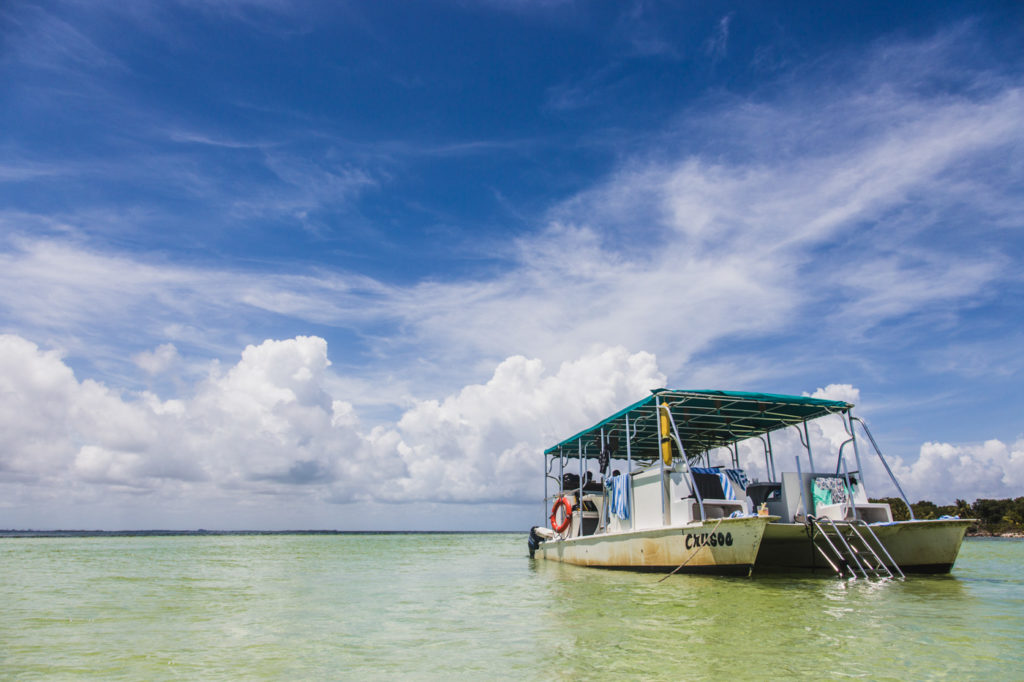
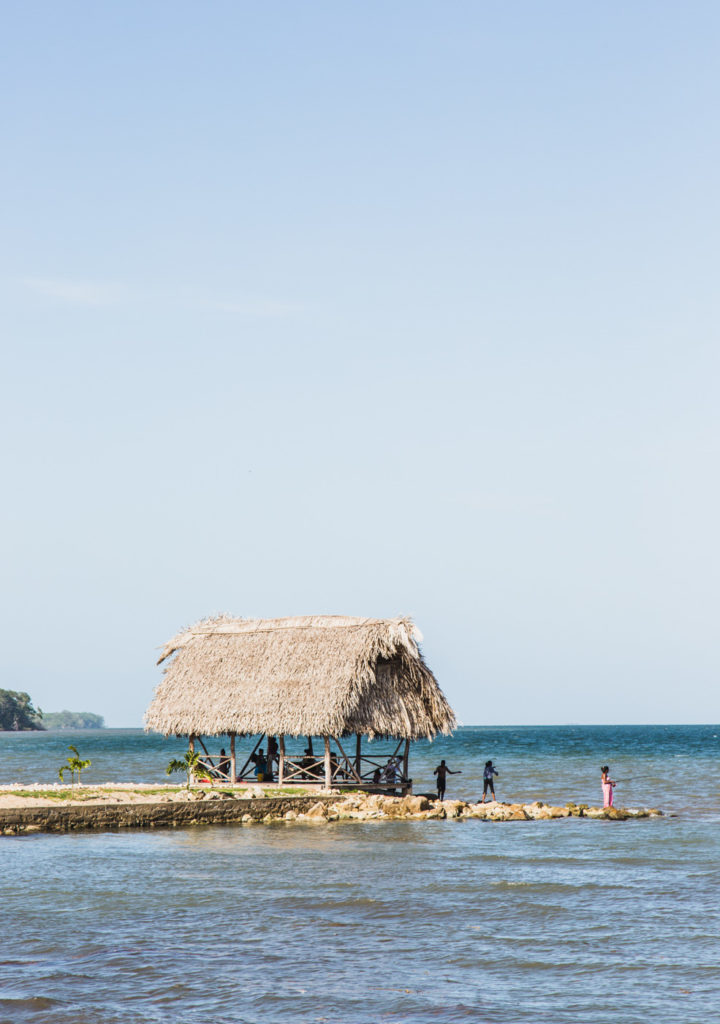
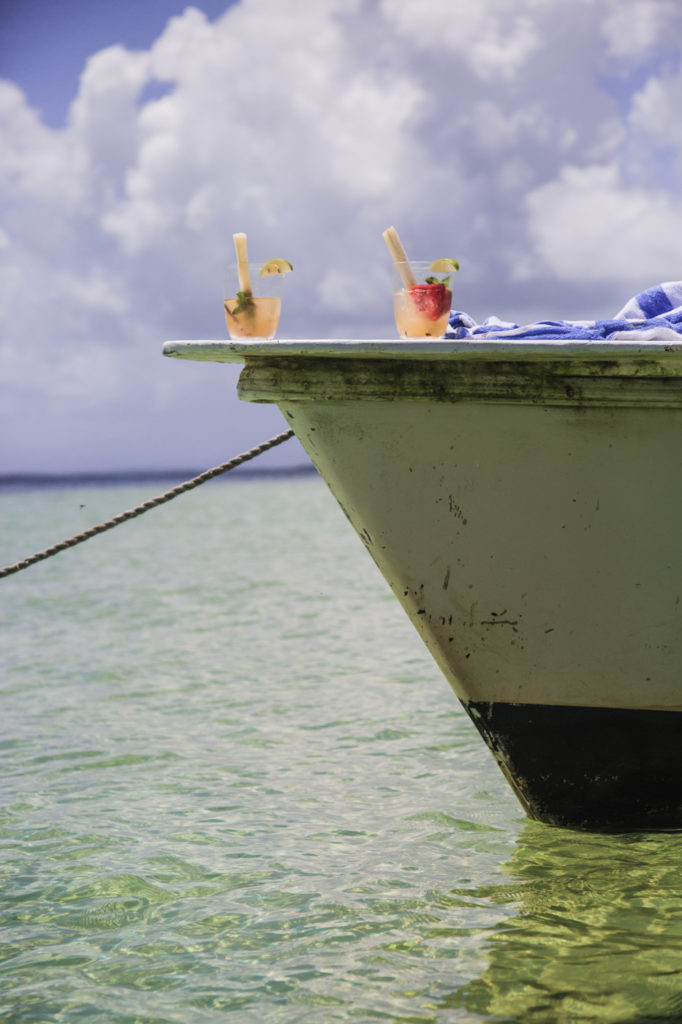
At first, switching from commercial fishing to the tourism-based, catch-and-release system of fly fishing was a difficult sell. Economic incentive proved the motivator. “When others saw what they [who had switched to fly fishing] were making with a green, clean technology, they came on board,” says Mahia.
Today, gill netting is banned in several areas near the reef. However, the Belize Coalition for Sustainable Fisheries is currently pushing to make gill nets illegal country-wide, stating their continued use negatively impacts the three thousand Belizeans who are employed in the sports fishing industry, as well as the 2,457 licensed commercial fishermen who do not use gill nets. If someone is fishing illegally, chances are high they are using gill nets to do so, which is why TIDE specifically trains and employs rangers to monitor illegal fishing in its waters.
“They keep an eye on the resource and for the illegal use of gill nets,” Mahia explains. “As a result, there’s more resource.” Two years ago, in the very same river that was once clogged with gill nets, he spotted a jaguar swimming across the water, a sign of healthy wildlife slowly repopulating the area.
UNESCO has also noticed a change. In 2018, the BBRS was taken off the “danger” list as a result of its turnaround. Mangrove development has halted, with no new clearing occurring since 2009, and in the biggest move, Belize became the first country in the world to ban offshore oil exploration and drilling in 2017—an act that had been predominantly led through grassroots advocacy since 2012. The catastrophe of an oil spill, surpasses any other risk.
“TIDE is big on education. Every year they help more people go to school because an educated nation is the foundation for a sustainable future,” Mahia says, emphasizing why Belize, a country roughly the size of Massachusetts and with a population of less than 375,000, is poised to lead global change.
Mahia has been invited twice to South Africa to speak at a U.N. conference for sustainable development, and also to Trieste, Italy, for the same purpose. The Nature Conservancy was one of TIDE’s earliest and biggest supporters, and upon learning about its work promoting fresh water, even Coca Cola wrote a donation for the organization to continue its conservation. This is all proof of how far the simple idea of “educating on the environment” can go.
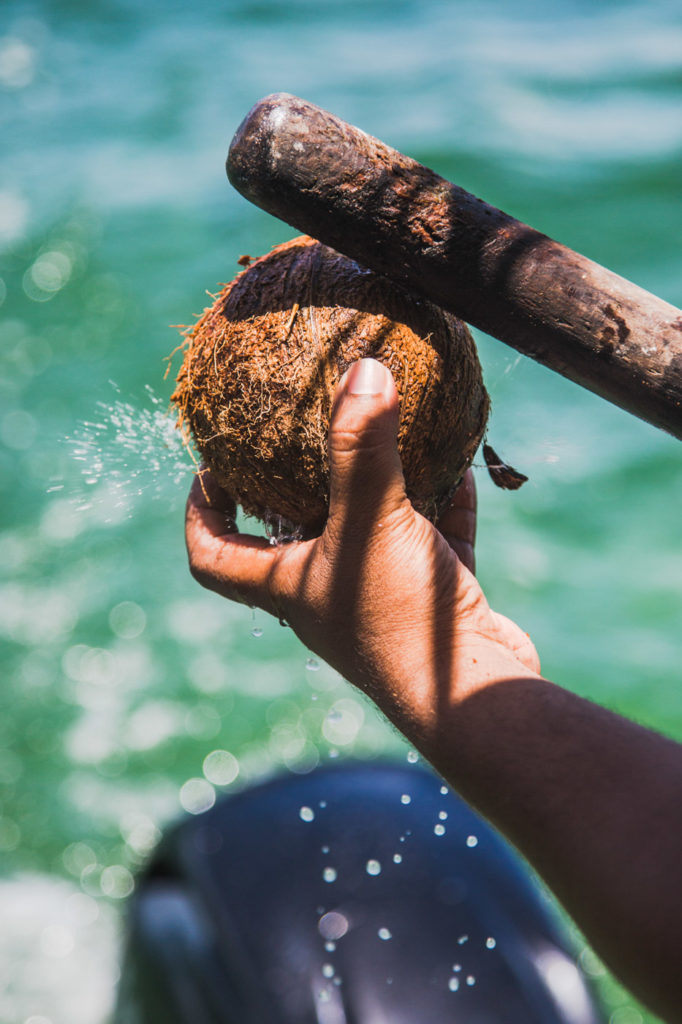
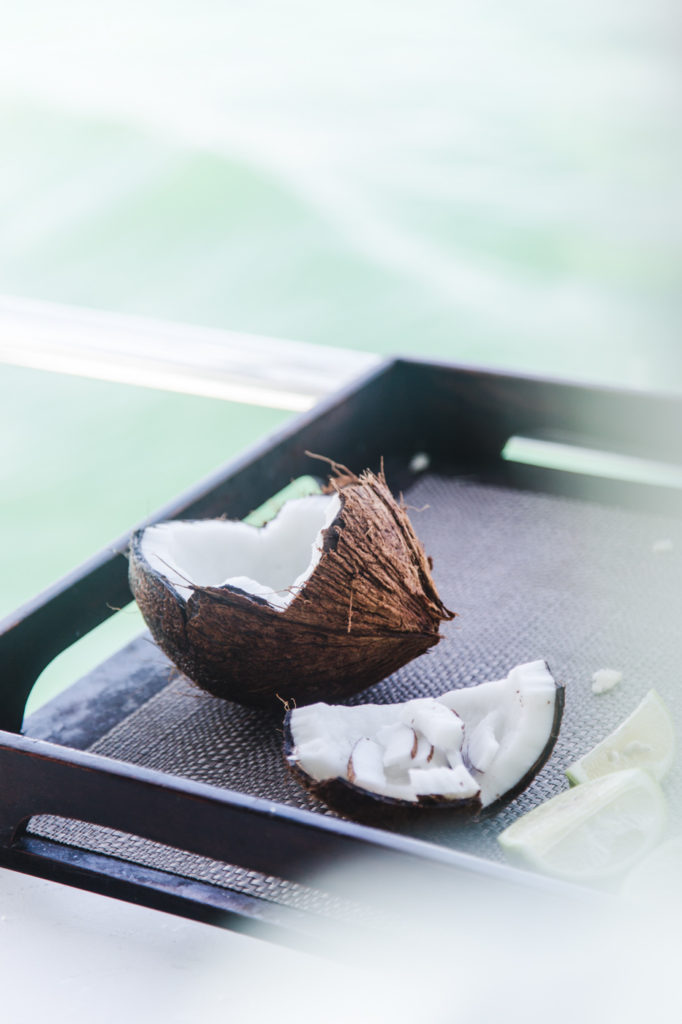
Mahia no longer works for TIDE, but it’s clear his colleagues are continuing the mission and feel just as much of a commitment to steward their home. The Executive Director of TIDE, Celia Mahung, says its current goals are “to find innovative ways of engaging the community in resource management,” like continuing the TIDE Fresh Water Cup—a brainchild of Mahia—where students ages ten to fourteen along with high school students implement environment and health projects to qualify to play in football competitions.
Additionally, TIDE wants to continue diversifying and generating funds for protected areas, protect the state’s biodiversity for the benefit of resource users (using science to inform how this is managed), and maintain stocks of commercial species, especially fin fish and lobster.
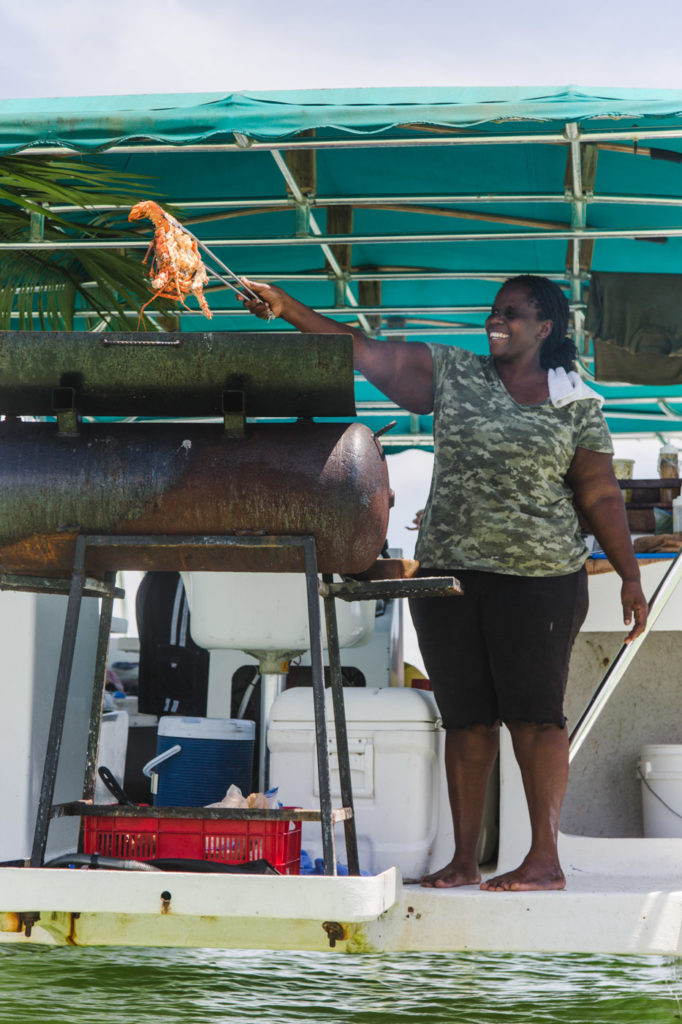
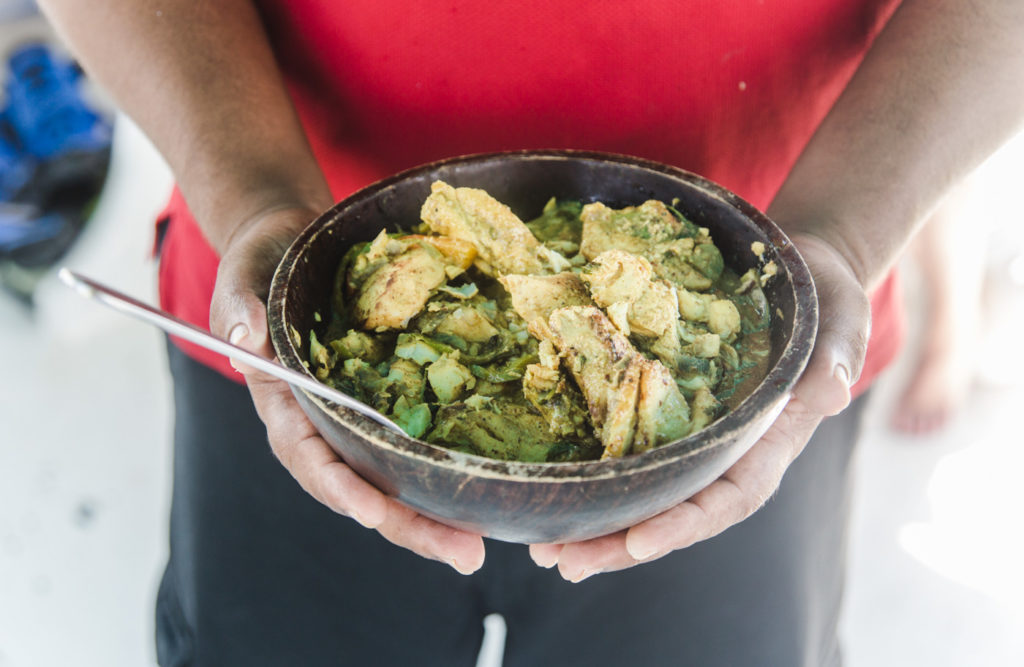
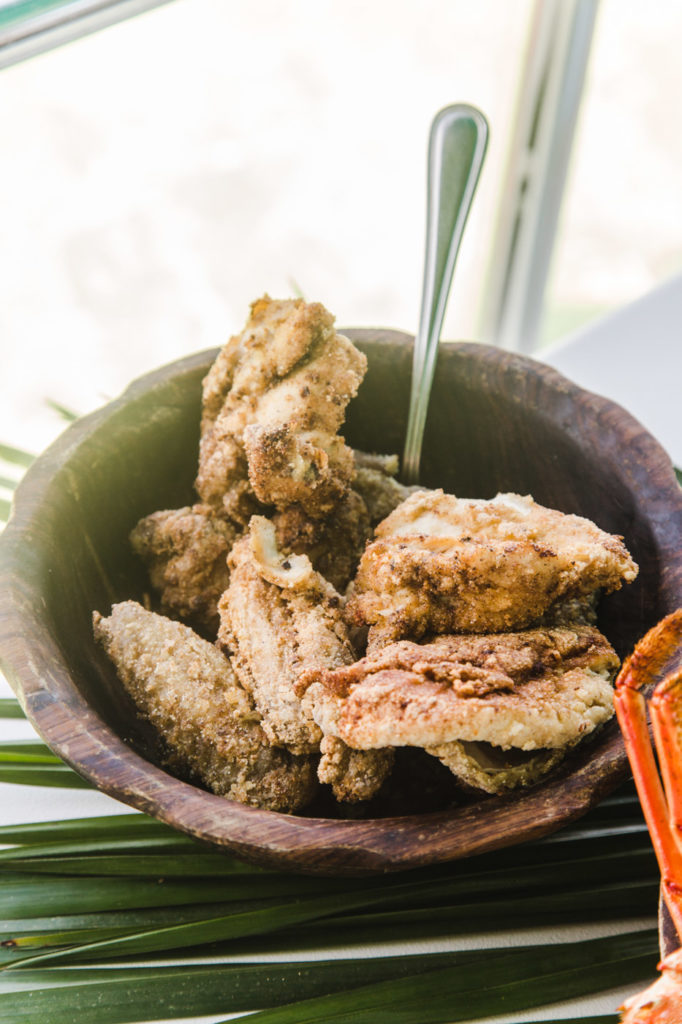
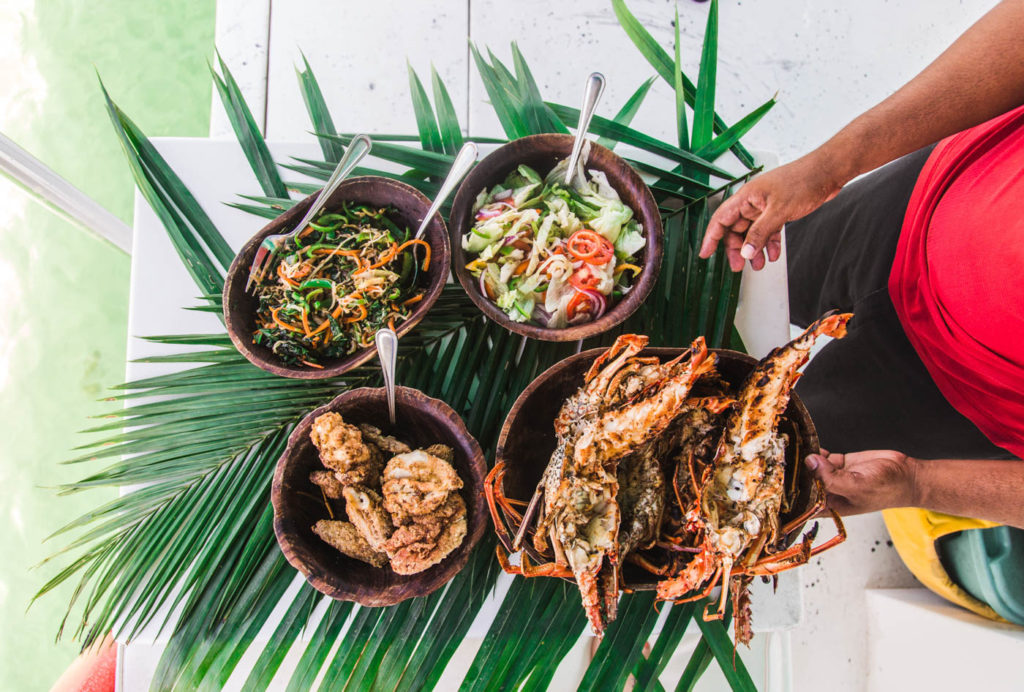
It can be harrowing to think of all that needs to be done for the environment, how fragile it is, how the scales seem unfavorably tipped in the other direction. On my way out to snorkel, even though boating within a protected area, I spotted remnants of an enormous Caribbean “plastic trash island” floating closer and closer to shore. It can be tempting to give up hope.
Don’t. Instead, think of the way the sun’s rays pierce through clear turquoise water. Think of the gentle, unhurried pace of a sea turtle, casually gliding among the sea grass. Think of how nimble that rainbow-colored fish is, so quickly darting around a coral’s hard, unforgiving edges. Think of TIDE. Think of Belize.





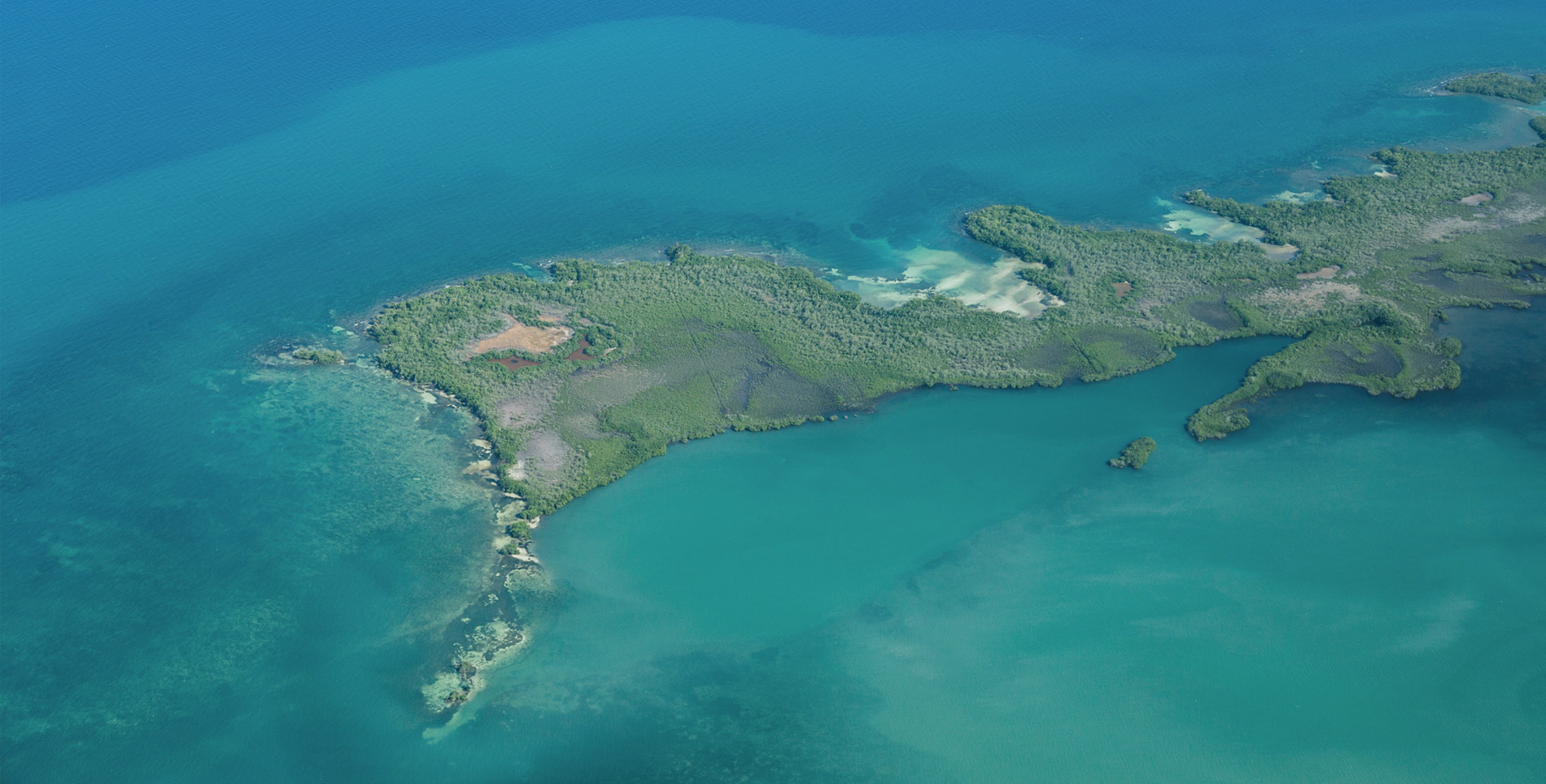

Our comments section is for members only.
Join today to gain exclusive access.